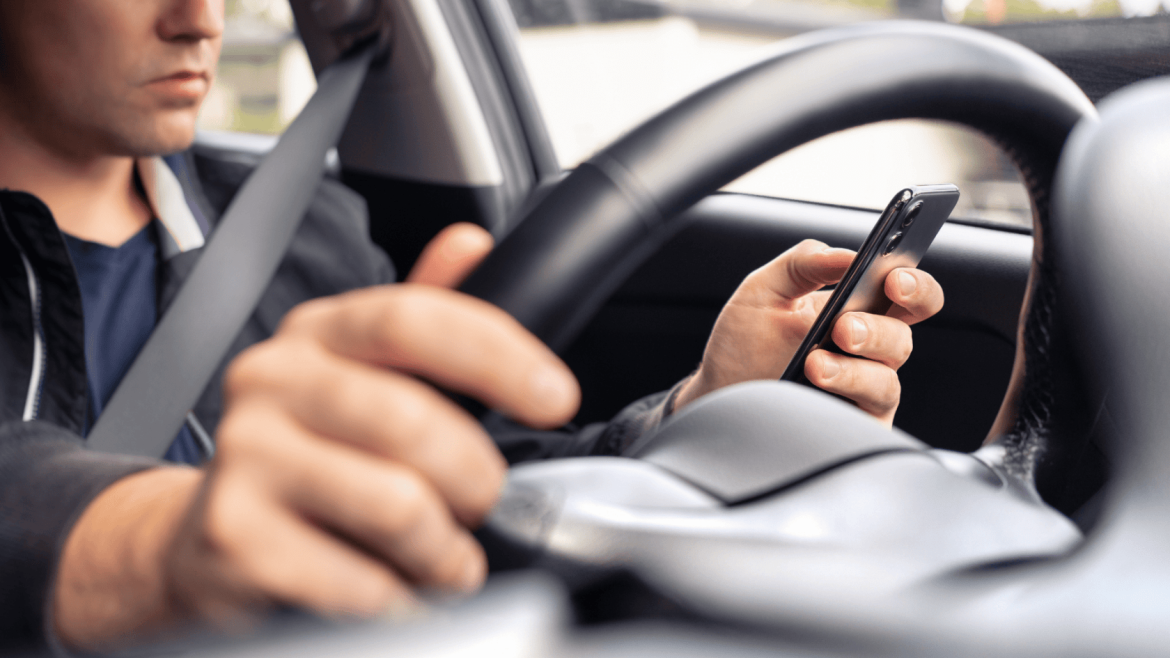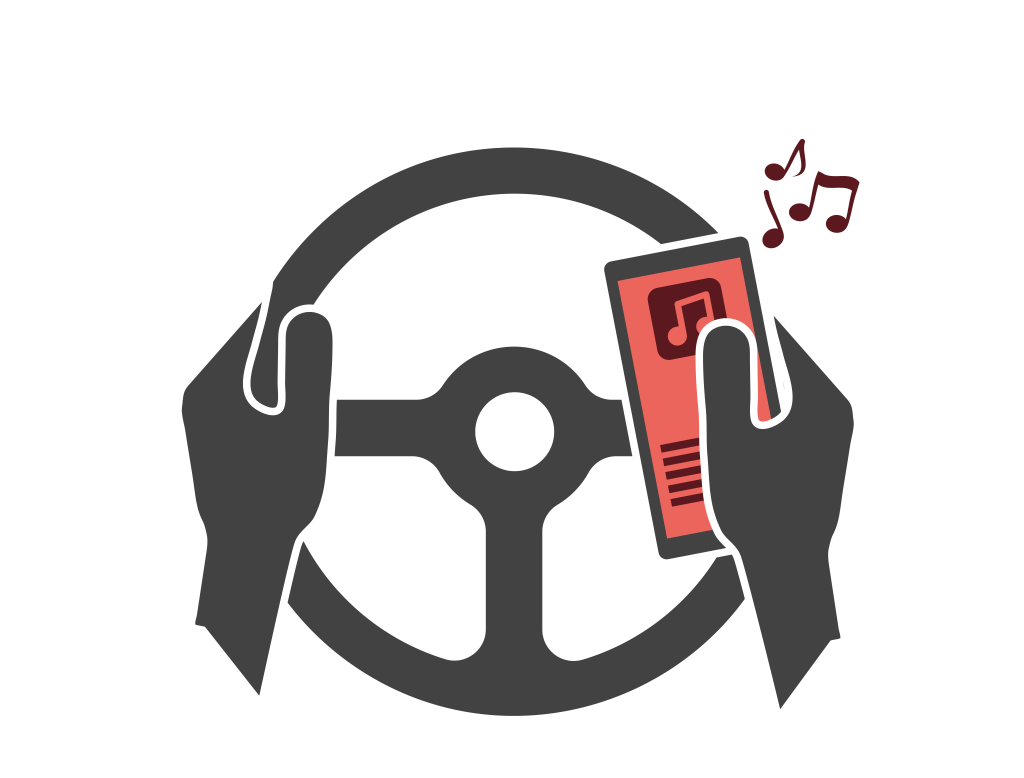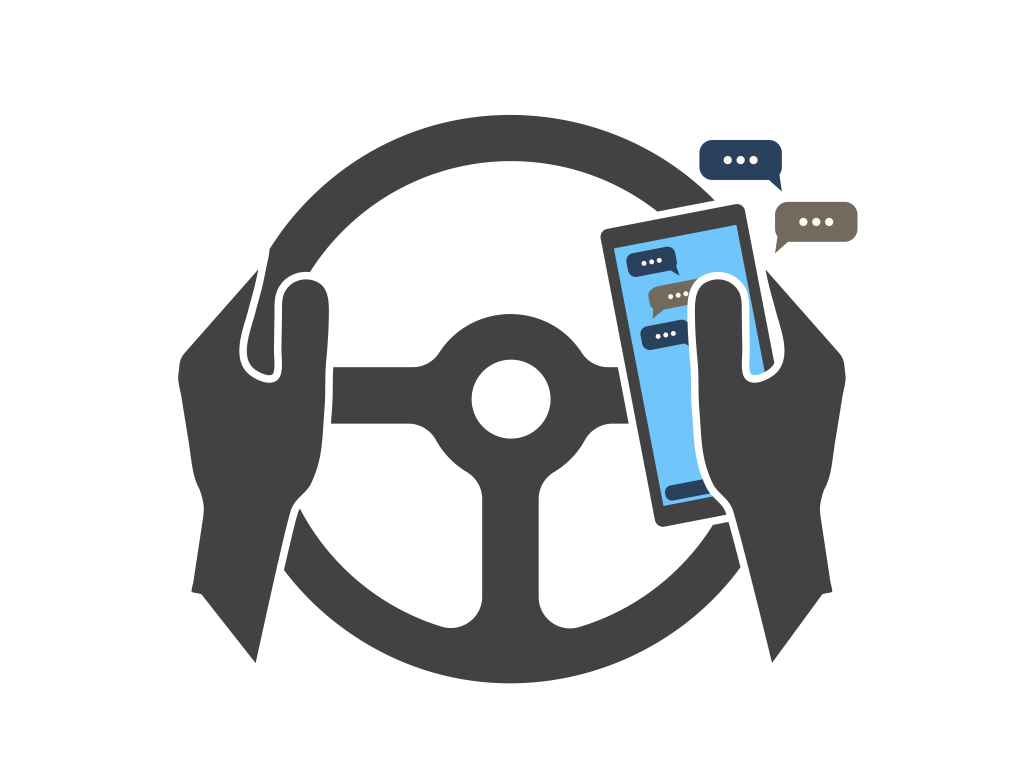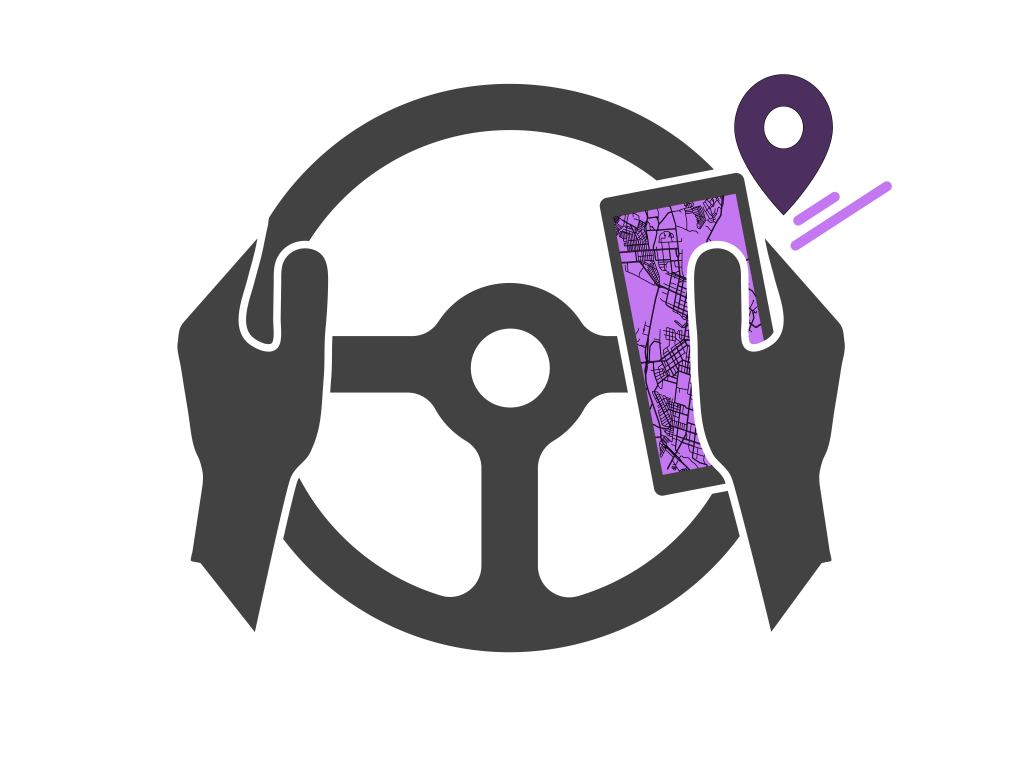Health
Getting to the root of teen distracted driving
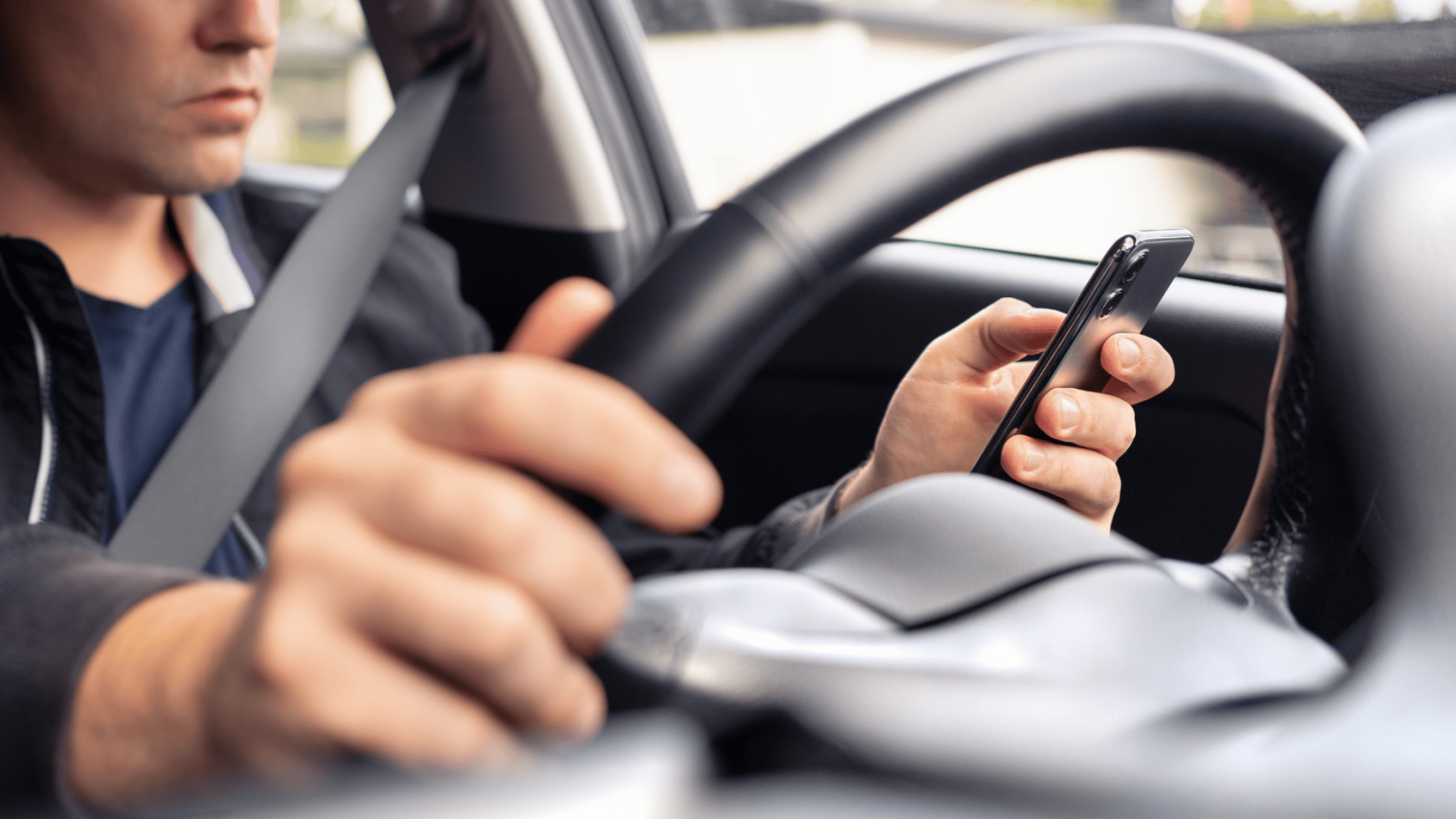
7 in 10 young people use cellphones while behind the wheel, finds a new study that also takes a look at why
Every year, hundreds of people die in automobile accidents involving distracted teen drivers. A new study zeroes in on one of the most common forms of distraction, cellphone use, exploring how often young people engage in the risky behavior and why.
A team of public health researchers led by Rebecca Robbins, Assistant Professor at Harvard Medical School and a scientist at Brigham and Women’s Hospital, surveyed teens across the country to find out the ways in which they use their phones while driving and how that behavior might be curbed.
They found that seven in 10 high school students reported using or making long glances toward their phones while driving — many lasting two seconds or longer — for about 20 percent of each trip.
“That’s a huge proportion — putting themselves and the traveling public around them at risk,” said Robbins.
The time that it would take to read or send a text message, activate maps, or check social media, she added, is associated with a 5.5 times greater likelihood of a crash.
Most teens in the study said they believed their peers engaged in distracted driving. Robbins said teens have a strong association between their beliefs about what their peers are doing and their own actual behavior. So many think it’s normal to check their phones while driving, despite the risks.
“Young people harbor beliefs that looking at their phone offers benefits.”
Rebecca Robbins
“Young people harbor beliefs that looking at their phone offers benefits,” she said. “It allows them to be entertained. It allows them to get where they’re going. That is what we call a maladaptive belief that would need to be corrected with behavioral intervention.”
Among participants who reported using their phones while driving, the most common reasons were entertainment (65 percent), followed by texting (40 percent) and navigation (30 percent).
Among participants who reported using their phones while driving, the most common reasons were…
Yet Robbins emphasized three in 10 respondents reported practicing focused driving.
“Young people had bright spots around them, of role models that were practicing safe driving practices such as avoiding phone use while driving, that was inversely associated with reports of young people distracted-driving themselves,” she said.
Additionally, Robbins said, teens’ attitudes toward their own ability to make educated choices played a role.
“We also found a significant association between self-efficacy and distracted driving, such that stronger self-efficacy beliefs or beliefs that they could avoid distracted driving, avoid the temptation, put their phone in the backseat, turn on ‘Do Not Disturb’ mode, any number of those in the constellation of safe driving practices, was inversely associated with distracted driving,” she said.
Robbins said information gleaned through the study could be used to craft public health messaging campaigns and behavioral interventions like those that have promoted seat belt use. “This research suggested a number of promising avenues for future research, such as a campaign that would emphasize the benefits of using ‘Do Not Disturb’ mode and empowering young people to turn that mode on, or have it automatically turn on, while they’re driving.”

